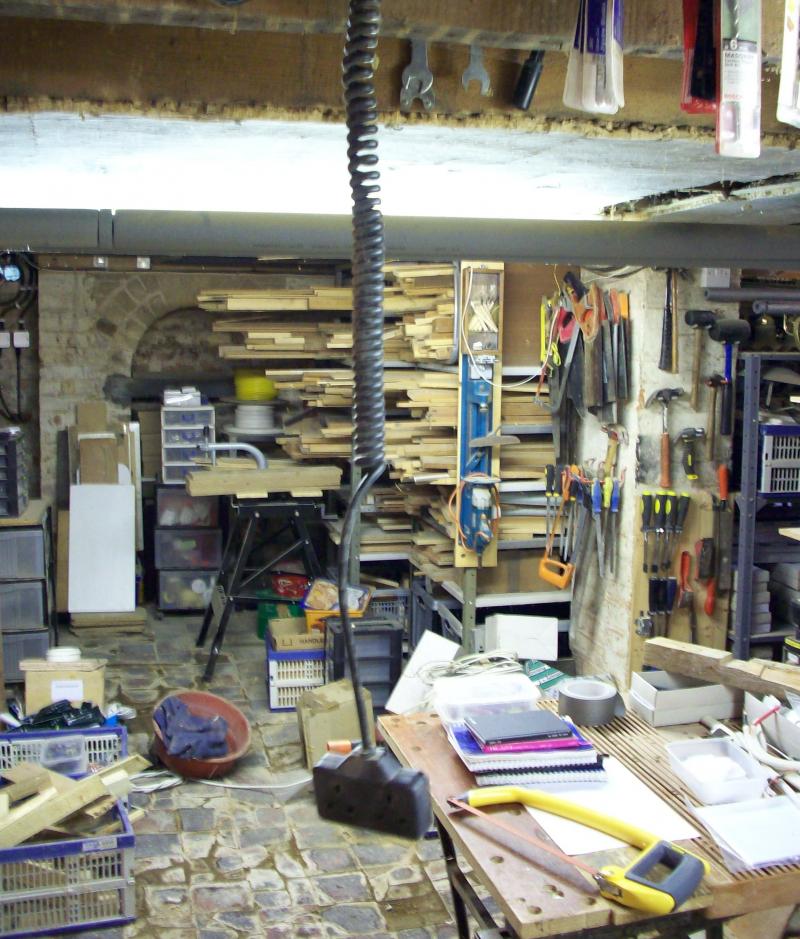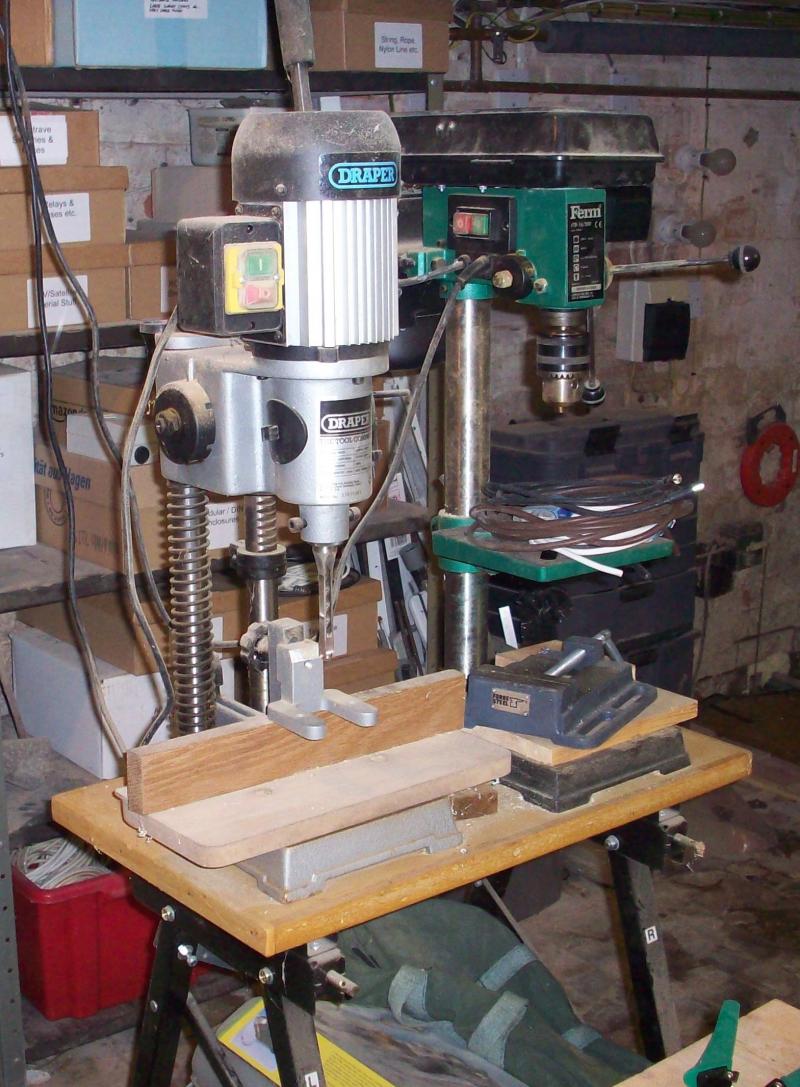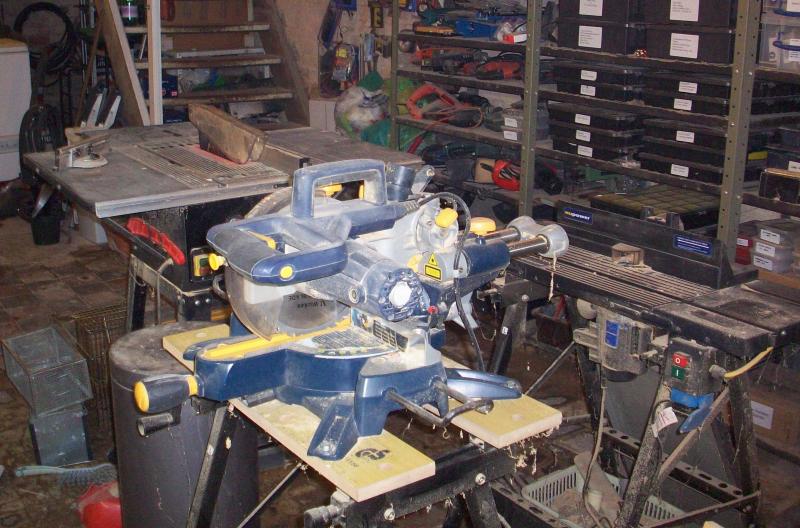I have a wooden workbench which has a 4 way socket, a junction box, and bunch of flex, a plug and a pillar drill all wired in. Then it gets plugged into a conventional socket which is in my garage and protected in the normal (recently installed) way by an RCD at the consumer unit.
I plan to be screwing a large sheet of steel to the top to make it more robust when welding/grinding at the bench. Clearly this presents a new electrical hazard that wasn't there when it was just plain old wood.
I was going to earth the steel to the junction box by way of green/yellow cable that is sufficiently large, then possibly replace the standard two way socket on the wall in the garage with one with a built in RCD. If nothing else as it'll be easier to test when it's right there.
With recognition that home projects, or indeed any sized project you might think of are a compromise between what is possible, and what is necessary - what advice can fellow users of DIYnot.com offer please?
Nozzle
I plan to be screwing a large sheet of steel to the top to make it more robust when welding/grinding at the bench. Clearly this presents a new electrical hazard that wasn't there when it was just plain old wood.
I was going to earth the steel to the junction box by way of green/yellow cable that is sufficiently large, then possibly replace the standard two way socket on the wall in the garage with one with a built in RCD. If nothing else as it'll be easier to test when it's right there.
With recognition that home projects, or indeed any sized project you might think of are a compromise between what is possible, and what is necessary - what advice can fellow users of DIYnot.com offer please?
Nozzle





